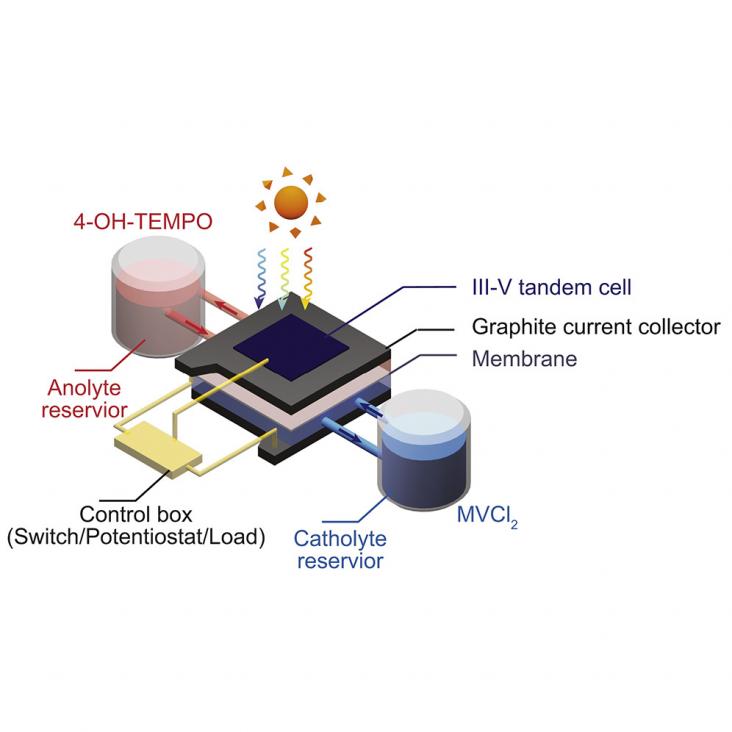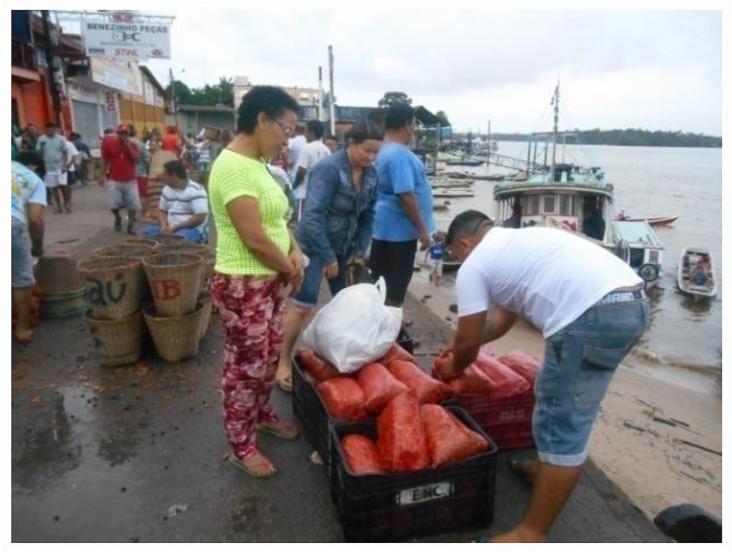Contributing to SDGs 1 and 8, this report discusses how the adoption of pro-growth policies tends to result in lower levels of poverty, especially through opportunities for job creation. In particular, it calls for policies that promote greater access to credit and the protection of minority investors in order to reduce such levels of poverty.
This book chapter addresses goals 1, 8 and 15 by focusing on rainfall index, which links insurance payouts to historical rainfall data from reliable weather gauging stations, and how it relates to crop and livestock losses. The system works in such a way that if the data shows that the rainfall amount is below the threshold, the insurance pays out. If implemented effectively, it has the potential to revolutionise access to formal insurance by smallholders.

Challenges posed by the intermittency of solar energy source necessitate the integration of solar energy conversion with scalable energy storage systems.
This chapter explores goals 1 and 10 by examining whether the social sustainability enjoyed by sugar industry employees can be maintained given expanding beet production, falling world prices, promotion of healthy diets and the development of sugar alternatives.
The relationships between the natural environment and poverty have been a central theme in the sustainability and development literatures.
Mothers are often perceived as key agents in safeguarding the interests of children.

The authors examine the ways in which miriti fruits are harvested, traded and consumed, and highlight the social and economic benefits that they bring to local communities.
Data collection methods and poverty measures have not caught up with the reality of an increasingly urbanised world; as a result, urban poverty may be underestimated.
This paper presents a new demographic profile of extreme and moderate poverty, defined as those living on less than $1.90 and between $1.90 and $3.10 per day in 2013, based on household survey data fr
After a long-term decline in the frequency and lethality of famines, 2017 has witnessed resurgent international concern over the issue.
